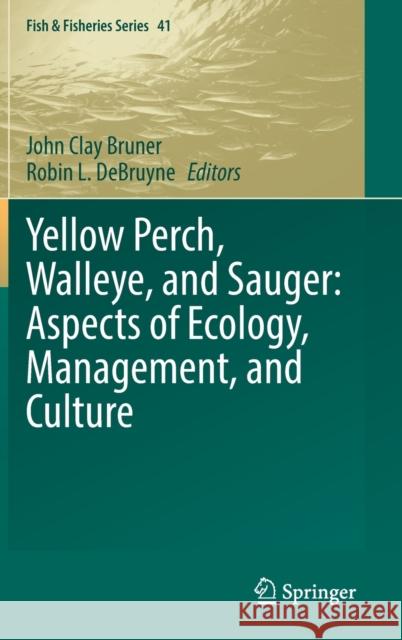Yellow Perch, Walleye, and Sauger: Aspects of Ecology, Management, and Culture » książka
topmenu
Yellow Perch, Walleye, and Sauger: Aspects of Ecology, Management, and Culture
ISBN-13: 9783030806774 / Angielski / Twarda / 2021 / 318 str.
Yellow Perch, Walleye, and Sauger: Aspects of Ecology, Management, and Culture
ISBN-13: 9783030806774 / Angielski / Twarda / 2021 / 318 str.
cena 722,88
(netto: 688,46 VAT: 5%)
Najniższa cena z 30 dni: 693,97
(netto: 688,46 VAT: 5%)
Najniższa cena z 30 dni: 693,97
Termin realizacji zamówienia:
ok. 22 dni roboczych
Bez gwarancji dostawy przed świętami
ok. 22 dni roboczych
Bez gwarancji dostawy przed świętami
Darmowa dostawa!
Kategorie:
Kategorie BISAC:
Wydawca:
Springer
Seria wydawnicza:
Język:
Angielski
ISBN-13:
9783030806774
Rok wydania:
2021
Wydanie:
2021
Numer serii:
000094610
Ilość stron:
318
Waga:
0.65 kg
Wymiary:
23.39 x 15.6 x 2.06
Oprawa:
Twarda
Wolumenów:
01











